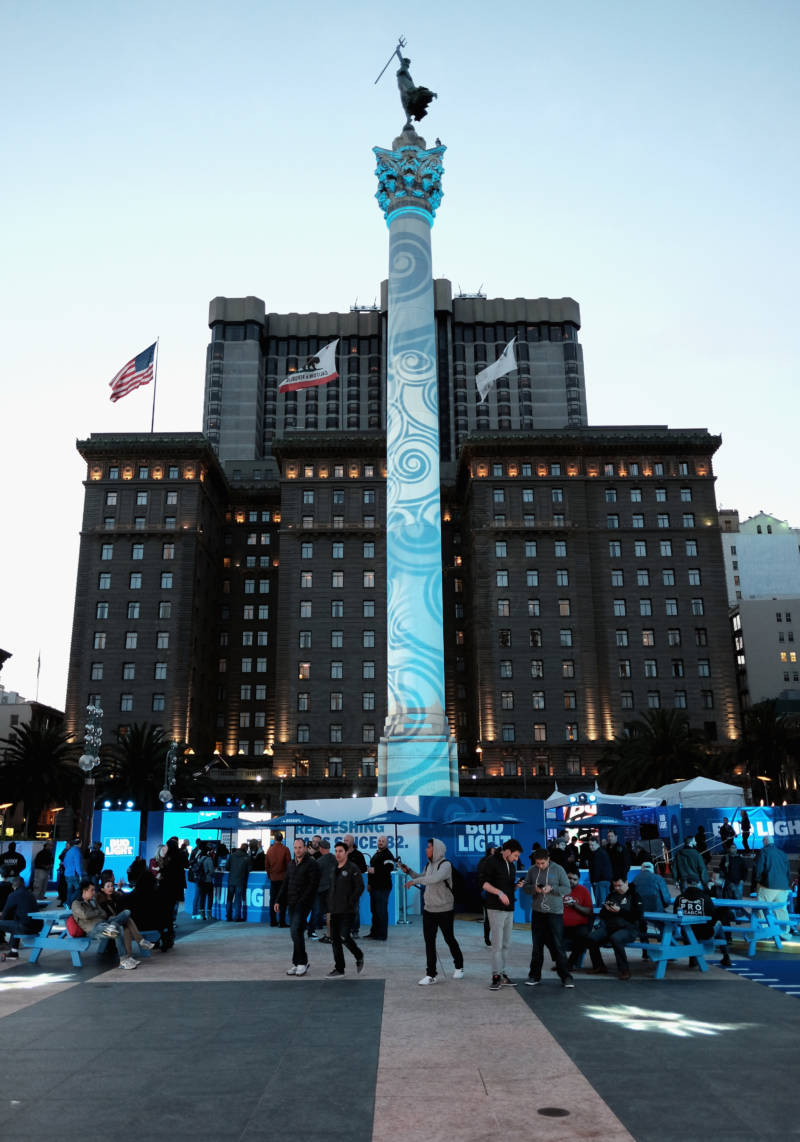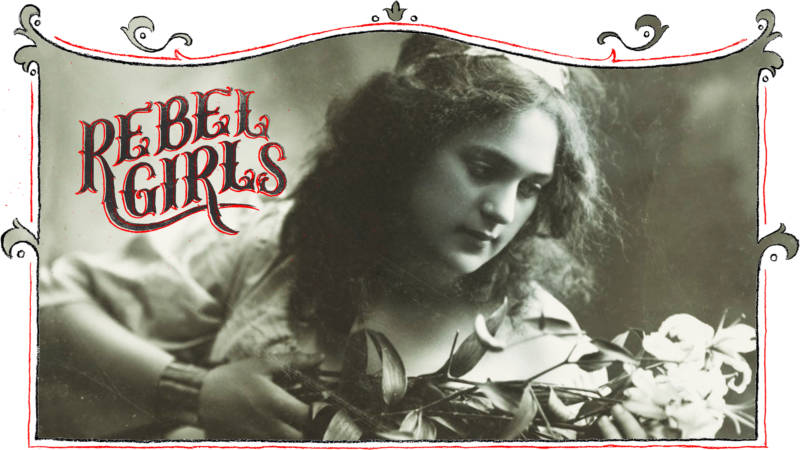She was a Danish immigrant who grew up on the rough side of town. She was a scandalous nude model with a reputation. She enjoyed skinny dipping well into old age. And if it wasn’t for this controversial livewire, San Francisco would have neither the Legion of Honor nor the Maritime Museum.
Her name was Alma de Bretteville Spreckels but her more fitting nickname was “Big Alma” — a moniker that captured not only her 6-foot-tall stature, but her outgoing, devil-may-care personality too.
Alma’s greatest gifts to the city all happened after her 1908 marriage to Adolph Bernard Spreckels, wealthy and successful son of sugar refinery entrepreneur, Claus Spreckels. But Alma was already a local celebrity in her own right by the time she met him in 1902. In no small part because of a gossip-fueled court case earlier that year in which Alma sued a love interest for “breach of promise” — or, as she later put it herself, “personal defloweration” — and won $1,250 in the process.
Shortly after the court case, Alma was hired by sculptor Robert Ingersoll Aitken to pose as the Goddess of Victory. Robert’s resulting bronze in Alma’s likeness was chosen to sit atop the Dewey Monument in San Francisco’s Union Square. It just so happened that the chairman of the citizens’ committee responsible for picking the winning piece of art for the new landmark was smitten with Alma the moment he laid eyes on her. This fortuitous course of events is how Alma and Adolph first fell in love.

Despite his being 24 years her senior, Adolph and Alma were a good match. Adolph was in possession of the same anarchic impulses that also drove Alma. He famously shot San Francisco Chronicle editor Michael de Young in 1884, after the paper printed a series of unflattering articles about his father. (Adolph was acquitted after he pleaded insanity and self-defense.) Even more significantly, Adolph shared Alma’s generous spirit. He was a man who had persuaded his father to contribute to the construction of Golden Gate Park’s band shell, as well the building of the Dewey Monument. She was a woman who responded to the 1906 earthquake by organizing community kitchens and directing aid trucks to them.





